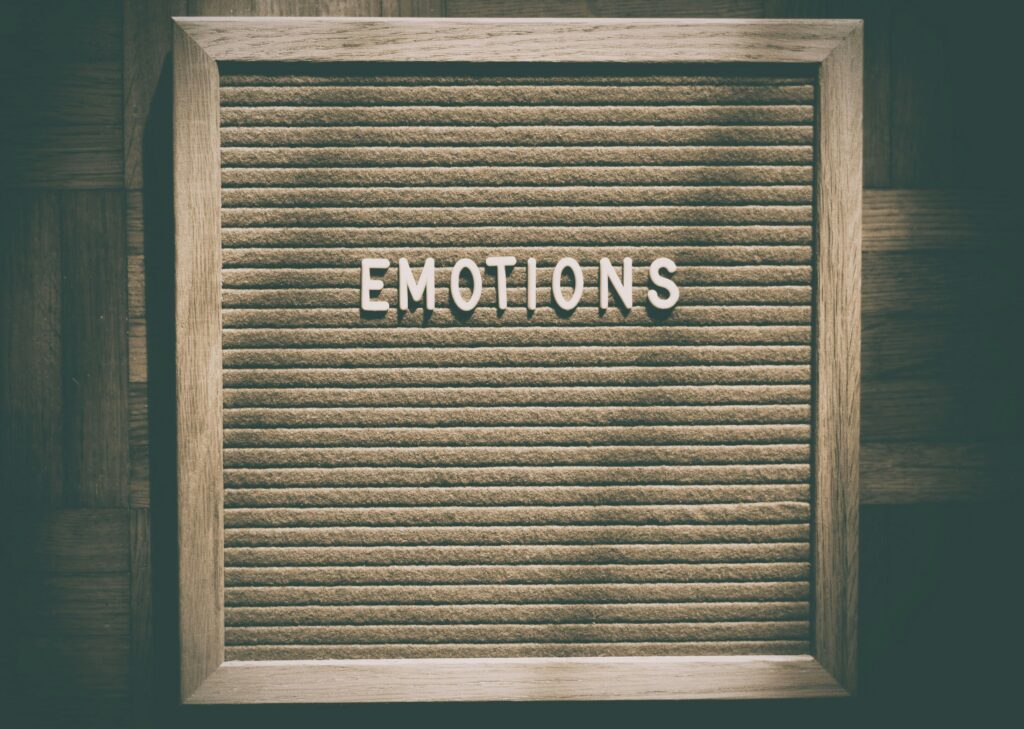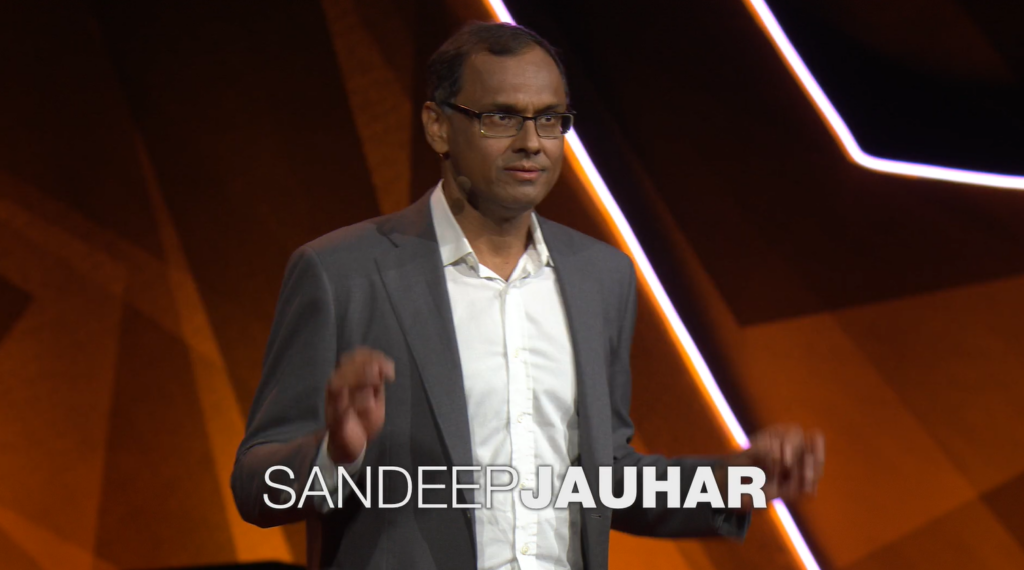Introduction
Do you find yourself caught in the same patterns of self-sabotage, toxic relationships, or emotional highs and lows—despite knowing better? These recurring behaviors aren’t just habits; they are often driven by emotional addiction—a subconscious attachment to familiar emotional states, even when they cause distress. By understanding emotional addiction, we can begin to transform self-defeating cycles and experience emotional well-being.
What Is Emotional Addiction?
Emotional addiction occurs when the brain and body become accustomed to the chemical effect of repeated and/or intense emotions, particularly during childhood, emotions such as anxiety, guilt, shame, anger, or sadness. Much like substance addiction, these emotions trigger neurochemical responses that the body craves, reinforcing behavioral patterns that keep us stuck in familiar but harmful cycles.
- The Brain’s Role: The brain forms neural pathways based on repeated emotional experiences. If we frequently experience stress or fear, our brain begins to seek out situations that recreate those emotions, even unconsciously.
- The Body’s Role: The nervous system adjusts to the biochemical effects of repeated emotions, making it difficult to shift into healthier emotional states without intentional effort.
Signs of Emotional Addiction
Recognizing emotional addiction is the first step toward healing. Here are some common signs:
- Repetitive Negative Thought Patterns: Constant worry, ruminations, self-criticism, or catastrophizing.
- Self-Sabotaging Behaviors: Procrastination, perfectionism, or pushing people away when things are going well.
- Toxic Relationships: Attracting partners or friendships that mirror past wounds.
- Emotional Highs & Lows: Feeling restless or uncomfortable when life becomes calm or stable.
- Craving Drama or Conflict: Subconsciously seeking situations that provoke intense emotional responses.
How to Transform Patterns of Emotional Addiction
Healing emotional addiction requires rewiring the brain, calming the nervous system, and cultivating new emotional habits. Here are some powerful strategies:
- Heart-Centered Awareness: Pay attention to your emotional states without judgment. Recognizing emotional patterns is the first step toward change.
- Breathwork & Somatic Practices: Techniques like heart-focused breathing, meditation, walks in nature, and yoga help regulate the nervous system and reduce emotional reactivity.
- Developing Emotional Resilience: Strengthen your ability to navigate emotions without being overwhelmed by them.
- Building New Neural Pathways: As the brain and nervous system becomes less and less assailed by emotional distress, as we integrate and transform past hurts into wisdom and learning, we gain access to greater mental clarity, to creativity, innovation, and empowering ideas.
Conclusion
By integrating heart-mind coherence, mindful self-awareness, and emotional resilience techniques, we can create new emotional patterns that foster lasting well-being.
If you’re ready to transform your emotional landscape, join our workshops where we teach practical tools for transforming emotional addiction and cultivating inner balance. Check out our upcoming events here!






About The Author: Caroline
More posts by Caroline